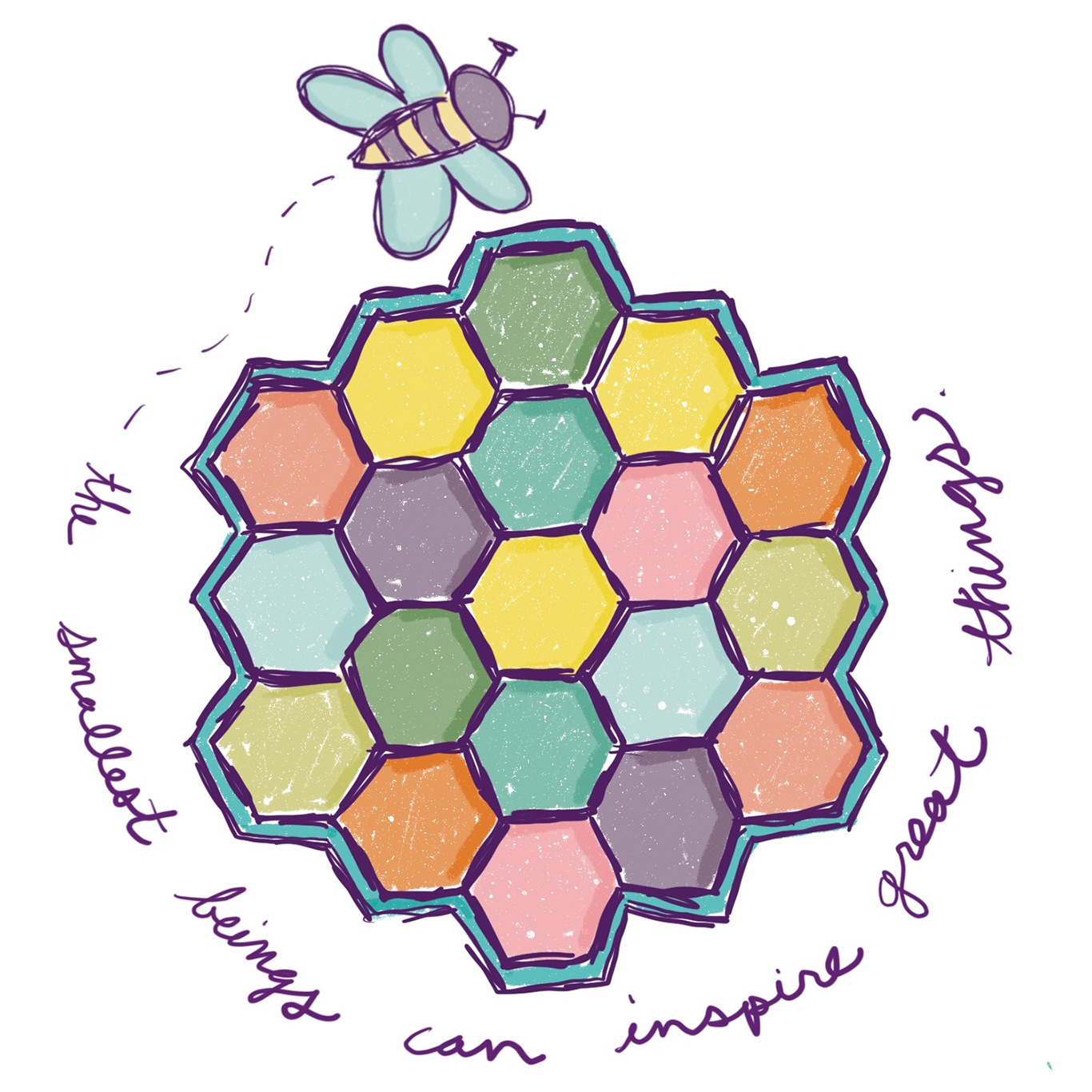Humanity has achieved the most remarkable achievement, looking deep into space with the most sophisticated telescope in existence to capture the beginning of the universe. We search for the answer to our origin. We filter the infrared light into colors we can understand and see stars being born. Seeing the first five images brought me to tears. It was beautiful and emotional. It gave me hope that we can rise above violence and focus our intellect on achieving amazing things.
It took 20 years; so much could and did go wrong in birthing this telescope. But now it drifts millions of miles from earth and works. We built a machine to look back in time and see the light from stars billions of light years away. I remember being 11 years old and seeing a post from the Hubble Telescope. It was black with all these fuzzy spiraling pinwheels and a red arrow pointing to a single pixel “You Are Here”. One image shifted the perspective of my own existence and left me curious about life in other galaxies.
The Webb Telescope is so much more sophisticated. It can also measure the elemental makeup of the galaxies it sees. Measuring hydrogen, helium, oxygen levels, etc. in distant stars. I believe we are made of stardust. When our bodies rot, we return to the same elements that make up the universe. Recycled slowly over billions of years.
Science is the path forward. Humanity must evolve and shed the old orders of religion and tyranny that hold us back from achievement. The Webb telescope proves humans want to work together, sharing knowledge and inventing the tools for a common good. We can pursue projects with outcomes beyond making money or clout. If we can achieve the Webb Telescope and Perseverance on Mars, then we can under and climate – but only if we set our egos aside and work together.
Watching NASA’s broadcast of the first five images, I noticed the honeycomb design of the telescope’s mirror. The scientist engineered a machine after the design of bees. The small insects on this planet contributed to a tool we use to peer into deep space. I wonder what shape the telescopes floating in other galaxies are looking back at Earth? Would they be able to see the birth of our sun?
